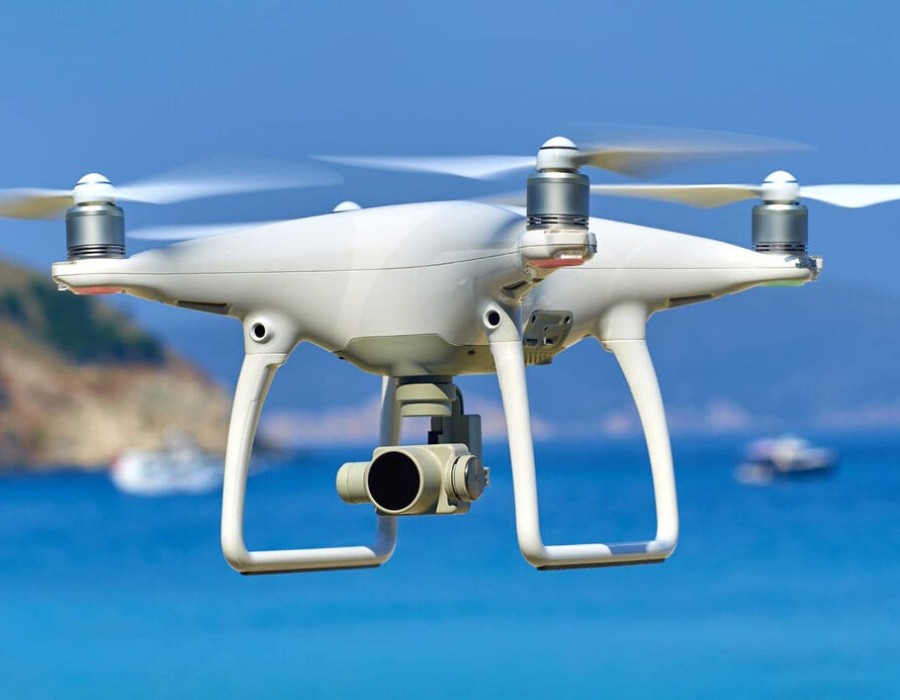Drones are becoming a popular tool in many schools around the world. They're not just for fun; they help with learning, too. By flying a drone, students can learn about science, technology, engineering, and mathematics (STEM) in a hands-on way. These flying gadgets offer a unique opportunity for students to engage with lessons and develop essential skills in today's tech-driven world. Using drones in educational settings prepares students for future careers in a rapidly evolving technological landscape, making them an essential part of modern education. In this article, we'll explore why drones are a valuable addition to educational settings.
The Educational Benefits of Drones
Drones for education bring an exciting element to the classroom. They can make learning more interactive by providing real-world applications of theories taught in textbooks. For example, by using drone kits for schools, students can learn about aerodynamics, the effects of weather on flying, and even geography as they map out flight paths.
Moreover, programming drones helps students develop coding skills. They can write algorithms that control the drone's flight patterns, which introduce them to the basics of computer science in a very practical and engaging way.
Enhancing Creativity and Problem Solving
Educational drone kits allow students to work on projects requiring creative thinking and problem-solving. Whether designing a course for the drone to navigate or troubleshooting why a drone isn't flying correctly, students are encouraged to think critically and devise solutions.
These activities promote teamwork, as students often work in groups to complete drone-related tasks. This collaboration teaches them how to communicate effectively and work well with others, skills that are valuable in any career.
Preparing for the Future
Incorporating drones in school programs is about more than just learning how to fly them; it's about preparing students for future careers. Many industries, including filmmaking, agriculture, construction, and even delivery services, now use drones. By gaining early exposure to drone technology, students can spark an interest in these careers.
Additionally, the hands-on experience gained from working with drones can be a stepping stone to more advanced studies and career paths in engineering and technology.
Safe and Fun Learning Environment
Using drones for education creates a safe and controlled environment where students can experiment and learn from their mistakes. The thrill of flying a drone keeps students engaged and makes the learning process fun. Engaged students are more likely to absorb information and develop a passion for learning. The use of drones promotes a collaborative learning atmosphere where students can work together on projects, enhancing their teamwork skills while navigating the challenges and triumphs of drone flight.
Culmination
As technology continues to advance, the importance of integrating innovative tools like drones into educational curriculums cannot be overstated. Drones not only make learning more interactive but also help prepare students for a technologically advanced future. For schools aiming to stay at the forefront of educational technology, partnering with companies like Rocket Drones can be a discreet yet effective strategy to ensure students receive the most modern and effective learning tools. Schools looking to enhance their educational tools should consider the dynamic and versatile learning experiences provided by drones.
This article was originally published by notion.site. Read the original article here.





Comments